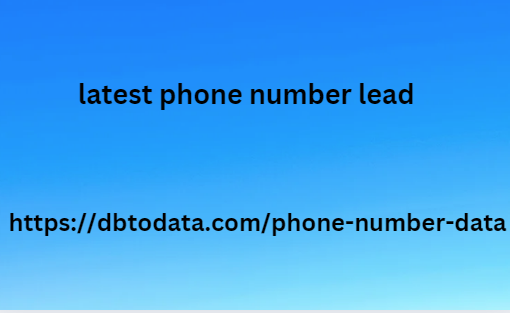This is a guest contribution from Luke Moulton.
Blogging about something you’re passionate about? Chances are there are others just as passionate as you, and chances are, a high percentage of these people hang out on Facebook and share the stuff they’re passionate about. Using Facebook ads to reach your target audience can get people Liking and sharing your content, and kick-start your traffic if you’re just starting out.
If you’ve dabbled with Facebook ads and not seen much success or traction, here are a couple of techniques to try to improve performance.
1. Laser Focus on Your Target Audience
One of the biggest mistakes I see people make with Facebook ads is to go too broad with their audience targeting. You probably have a good idea of your target demographic. For example: new Mums living in Los Angeles. So when you setup a Facebook Ad Set, make sure you target your audience accordingly.
2. Boost Facebook Posts that are already getting traction
You may already have a healthy bunch updated 2024 mobile phone number data of Facebook followers who share and like your content. When you notice a new piece of content you’ve posted getting more traction than usual, this is a good indication that the content could be popular to a broader audience.
This is a great opportunity to broaden you follower base.
In the example above, Women aged 55-64 are converting the best and costing the least. If you see something like this as an on-going trend, it can be worthwhile separating this audience out into their own Ad Set so you can try to better tailor your ads to this demographic.
5. Rotate your ads
If you’re targeting the same 15 tehokasta sähköpostimarkkinointikampanjaideaa uutiskirjeihisi audience on an ongoing basis. Eventually they are going to get sick of seeing the same ads week in week uae phone number out. Try to set a monthly schedule to refresh your ads, or focus more on promoting your better performing posts.
Luke Moulton is a digital marketer specialising in Facebook Ads campaign management. Checkout more tips on his blog at Plankton Digital.






